Many patients believe brand-name drugs are always safer than generics. But that’s a misunderstanding.
Drug safety depends on regulation, not branding.
What’s the Difference?
An original (brand-name) drug is the first version developed and patented by a company.
A generic drug is produced after the patent expires, using the same active ingredient, dosage, and formulation.
In other words:
The original is the “prototype,” the generic is a “scientifically approved replica.”
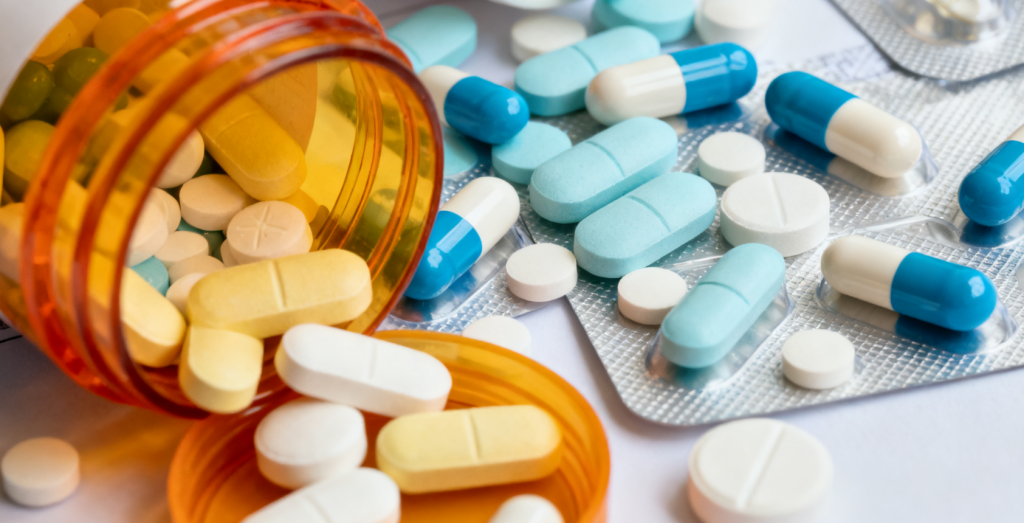
How Is Safety Guaranteed?
Before a generic can reach the market, it must pass Bioequivalence (BE) studies, which prove that the drug’s absorption rate and blood concentration are almost identical to the original.
Regulatory agencies like the FDA or NMPA (China) only approve generics that meet strict standards.
Once approved, generics are as safe and effective as brand-name drugs.
What You Should Really Worry About
Not generics — but unapproved or fake drugs sold online without regulatory oversight.
Those products may contain unknown ingredients, incorrect doses, or no active substance at all.
Why the Misconception Persists
Because people trust logos more than data.
Many still believe “expensive means better.”
In reality, more than 85% of prescriptions in the U.S. are filled with generics — a clear sign of their reliability.
Bottom Line
It’s not the brand that ensures safety — it’s the science and regulation behind it.
A truly good medicine is one that’s both effective and accessible.
So next time your doctor prescribes a generic drug, don’t worry — it’s just as trustworthy as the original.
Coltinib Upadacitinib ,Alvonib Osimertinib
Well-known pharmaceutical company in Bangladesh:https://www.radiantpharmacil.com
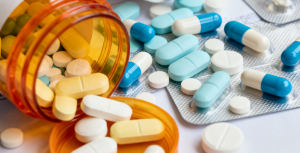


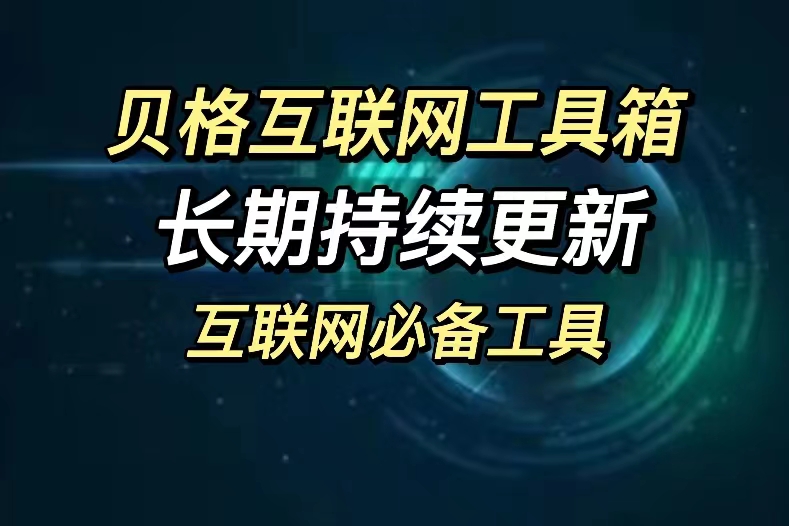
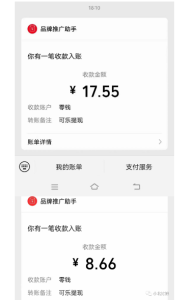
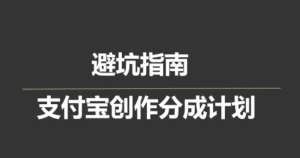
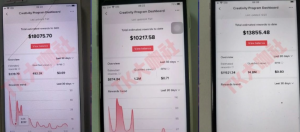
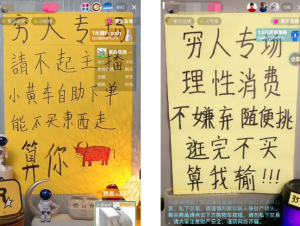

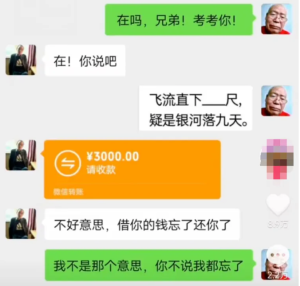







暂无评论内容